The interactions with the environment that cause it are what make quantum measurement possible.
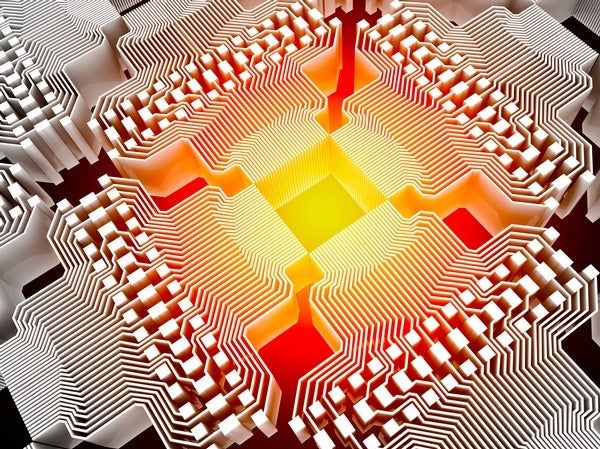

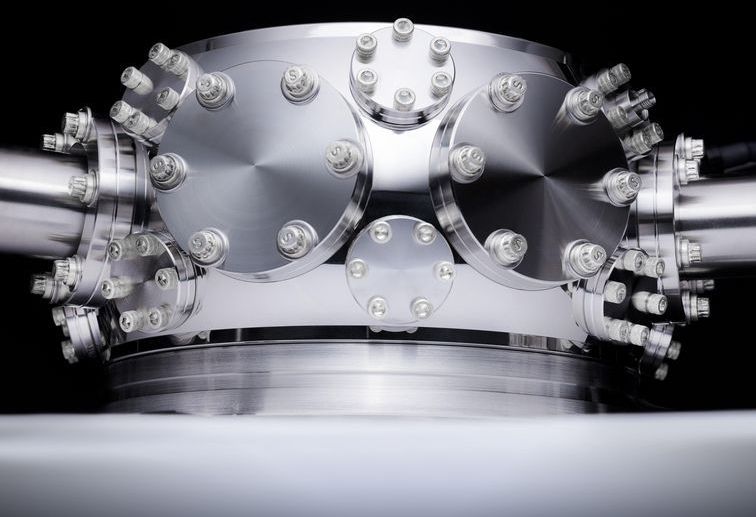
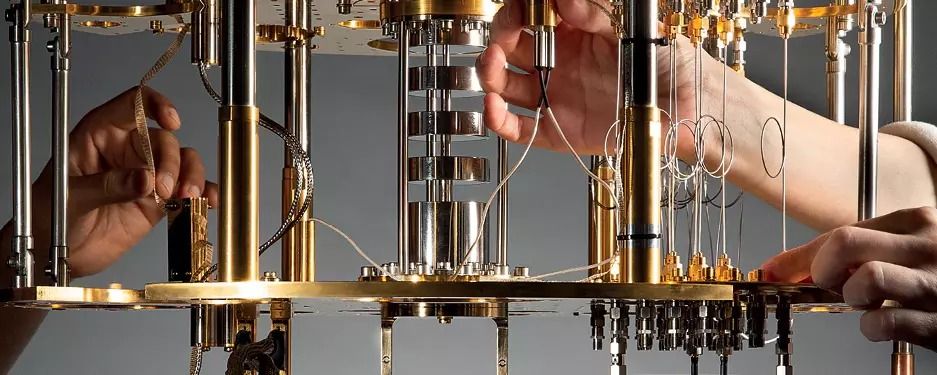
It’s been said that quantum computing will be like going from candlelight to electric light in the way it will transform how we live. Quite a picture, but what exactly is quantum computing?
For the answer to that question, we’ll have to visit a scale of existence so small that the usual rules of physics are warped, stretched and broken, and there are few layperson terms to lean on. Strap yourself in.
Luckily, we have a world-leading researcher in quantum computing, Professor David Reilly, to guide us. “Most modern technologies are largely based on electromagnetism and Newtonian mechanics,” says Reilly in a meeting room at the University’s Nano Hub. “Quantum computing taps into an enormous new area of nano physics that we haven’t harnessed yet.”
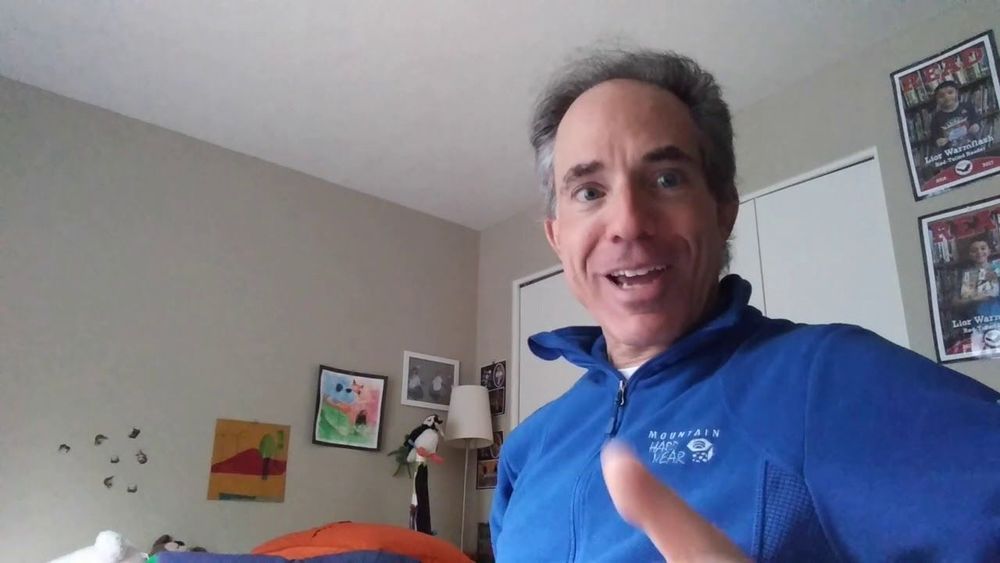
Studies of hibernating animals suggest that the molecular and synaptic integrity of neurons in the cerebral cortex that underlie self and consciousness is maintained in many cases when from the outside the brain appears dead.
A striking feature of medicine over the past few centuries has been our growing ability to bring people back from the “dead.” For most of human history, patients who were unconscious and not breathing were treated as though they had died. But the concept of resuscitation emerged as doctors grew to understand the basic function of the lungs and airways. That led to new techniques and tools capable of restoring both breathing and heartbeat — and the realization that cardiac arrest was not always a death sentence. That, in turn, gave rise to a distinction between what’s now called clinical death versus brain death.
Today that brain focus continues, but with a growing glimmer of hope that even brain death might be reversible in some instances. These dreams are fueled by research showing that the disappearance of brain function is not the same as deletion of computer files. Rather, it represents a deterioration of the pathways that normally enable different parts of the brain to communicate. This idea was bolstered recently with the 2017 success in France, where a patient was partially revived from a 15-year vegetative state. It also dovetails with insights from the study of hibernating animals.
Medical magic: Expansion of resuscitation of capability over the centuries
Resuscitation entered the field of medicine beginning in the 1500s, not surprisingly with practices that may have helped victims occasionally, but with a low success rate. Such practices included flagellation, and were based on experience rather than an understanding of the underlying physiological processes. This started to change with the use of air bellows, based on an understanding that air needed to flow in and out of the lungs. But the 1740s, mouth-to-mouth resuscitation was standard practice in France for resuscitating drowning victims.
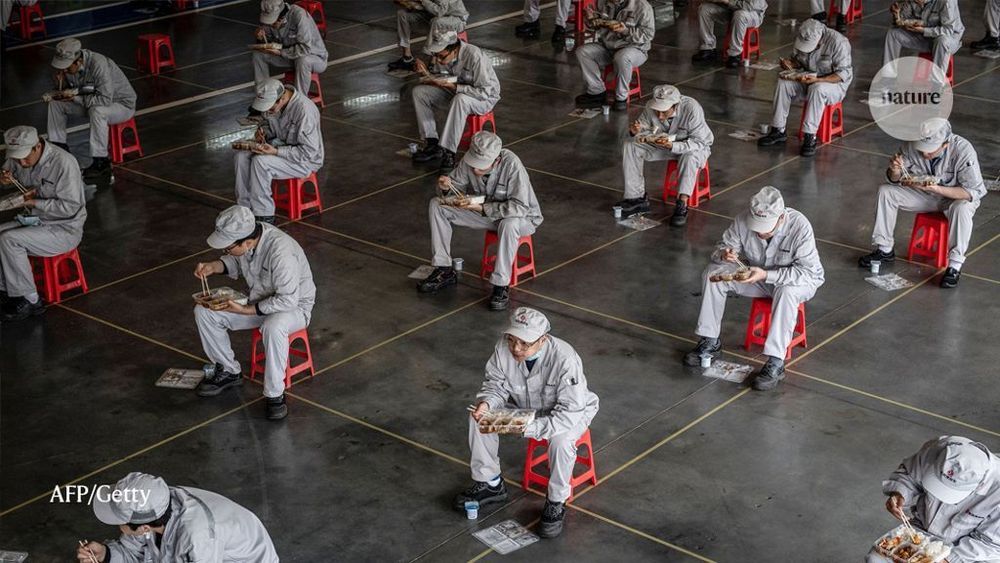
Governments across the world are relying on mathematical projections to help guide decisions in this pandemic. Computer simulations account for only a fraction of the data analyses that modelling teams have performed in the crisis, Ferguson notes, but they are an increasingly important part of policymaking. But, as he and other modellers warn, much information about how SARS-CoV-2 spreads is still unknown and must be estimated or assumed — and that limits the precision of forecasts. An earlier version of the Imperial model, for instance, estimated that SARS-CoV-2 would be about as severe as influenza in necessitating the hospitalization of those infected. That turned out to be incorrect.
How epidemiologists rushed to model the coronavirus pandemic.
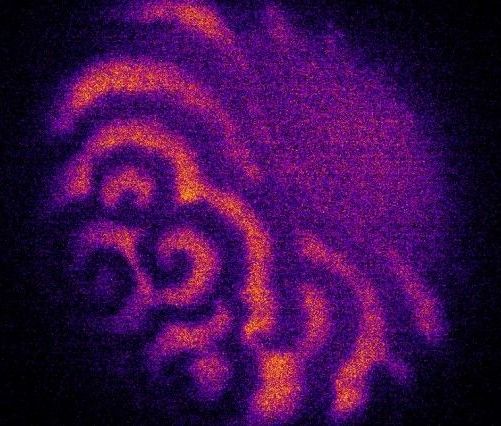
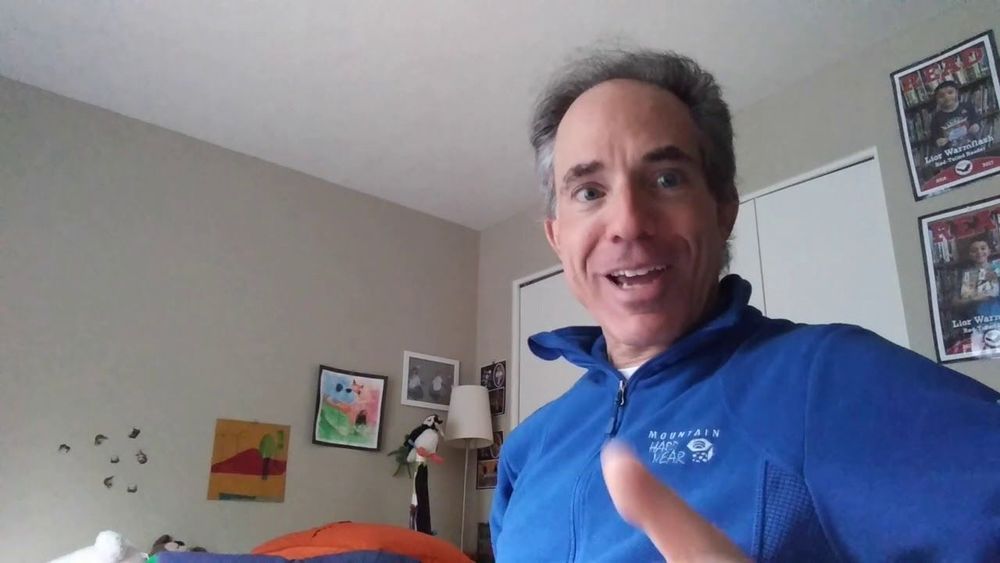
Given the rapid development of virtual reality technology, we may very well be moving toward a time when we’re able to manage the brain’s memories.
Could we develop a similar capability? That may depend heavily upon a handful of ambitious attempts at brain-computer interfacing. But science is moving in baby steps with other tactics in both laboratory animals and humans.
Thus far, there have been some notable achievements in rodent experiments, that haven’t done so well with humans. We don’t have a beam that can go into your mind and give you 60 years worth of new experiences. Nevertheless, the emerging picture is that the physical basis of memory is understandable to the point that we should be able to intervene — both in producing and eliminating specific memories.
At MIT’s Center for Neural Circuit Genetics, for example, scientists have modified memories in mice using an optogenetic interface. This technology involves genetic modification of tissues, in this case within the brain, to express proteins that respond to light. Triggered by implants that deliver laser beams, brain cells can be triggered to be more or less active. In research that has been published in the prestigious journal Nature, the MIT team used the approach in specific brain circuits important to memory consolidation. The researchers were able to enhance the development of negative memories — for instance a shock given to an animal’s leg — and also to convert those negative memories into positive memories. The latter was achieved by letting male mice enjoy some time with females, while nerve cells that usually deliver the negative impulses associated with the former shock were stimulated through the optogenetic interface.
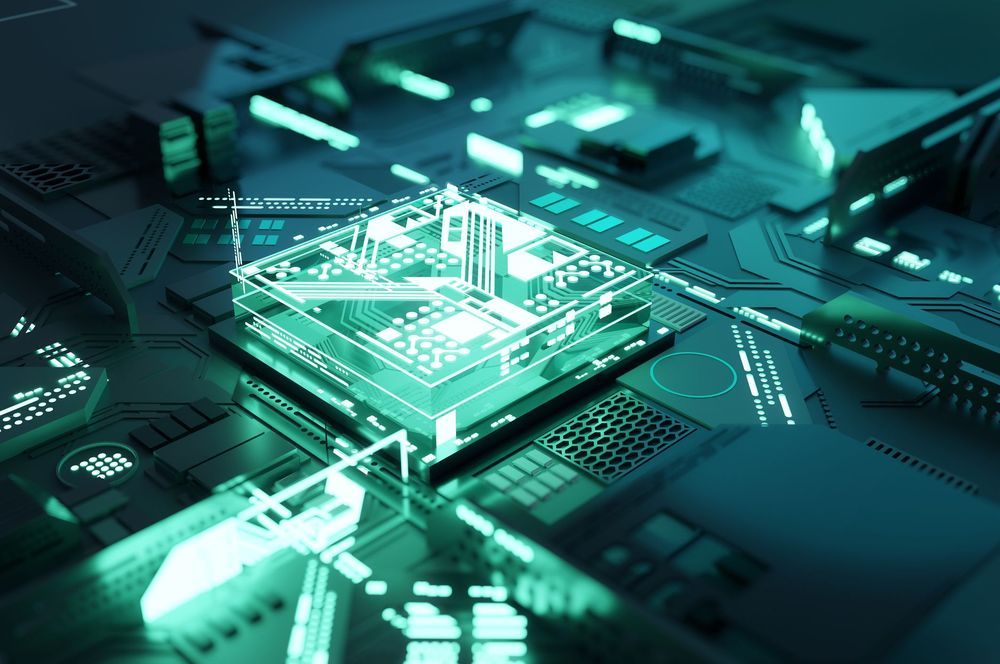
A fundamental challenge in the creation of a “quantum internet” is how to securely transmit data between two points. But one team of U.S. scientists may have found the answer.
New research from experts at the California Institute of Technology (Caltech) suggests atoms in small boxes of light — optical cavities — could soon “form the backbone technology” of the futuristic internet that relies on the mysterious properties of quantum mechanics for ultra-fast computing.

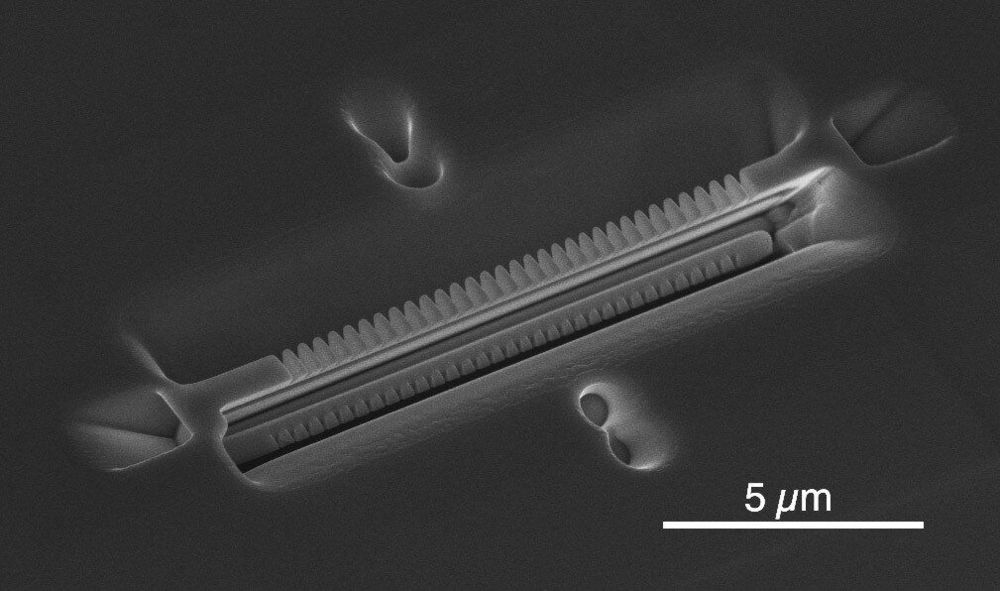
Engineers at Caltech have shown that atoms in optical cavities—tiny boxes for light—could be foundational to the creation of a quantum internet. Their work was published on March 30 by the journal Nature.
Quantum networks would connect quantum computers through a system that also operates at a quantum, rather than classical, level. In theory, quantum computers will one day be able to perform certain functions faster than classical computers by taking advantage of the special properties of quantum mechanics, including superposition, which allows quantum bits to store information as a 1 and a 0 simultaneously.
As they can with classical computers, engineers would like to be able to connect multiple quantum computers to share data and work together—creating a “quantum internet.” This would open the door to several applications, including solving computations that are too large to be handled by a single quantum computer and establishing unbreakably secure communications using quantum cryptography.